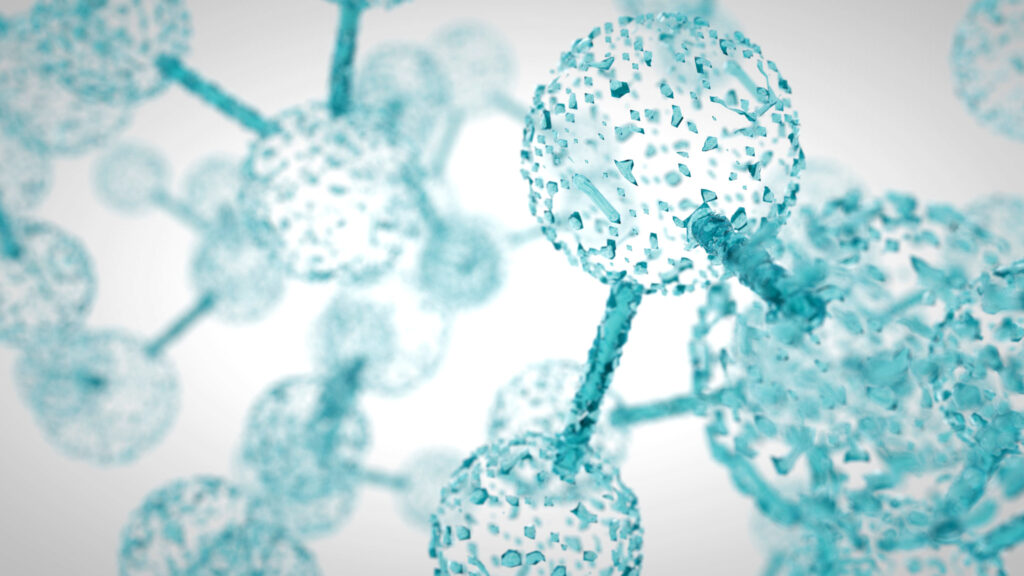X-ray in catalyst research
X-rays are widely used in the characterization of catalysts. This characterization is critical for both the design and development of novel catalysts but also for process development and optimization, including scale-up and troubleshooting. Most heterogeneous catalysts for example consist of a catalytically active metal or metal oxide located on the surface of a metal oxide support so it is important to optimize the structure and surface chemistry to provide the appropriate selectivity and reactivity for the process of interest. Other characteristics such as particle size, porosity, and surface area are also important for optimizing diffusion and adsorption for example.
X-ray Diffraction (XRD) in catalyst research

X-ray diffraction (XRD) is a fundamental tool for the design, development and production of catalysts since it can provide information on the bulk structure and composition of solid catalyst materials such as metal oxides and Zeolites. XRD systems are routinely used for monitoring the production of FCC catalysts, in particular analysing unit cell size and crystallinity. XRD can also be used to determine crystallized size either by analyzing peak widths from a typical diffraction measurement or by using small-angle X-ray Scattering (SAXS). Non-crystalline materials can also be studied using Pair Distribution Analysis (PDF). Malvern Panalytical provide two main XRD solutions, Aeris compact XRD diffractometer for routine analysis and Empyrean multi-purpose diffractometer for more detailed structural analysis.
X-ray Fluorescence (XRF)

X-ray fluorescence (XRF) is widely used for analyzing the elemental composition of a range of catalysts due to its high precision and reproducibility. Examples include Pt, Pd, and Rh in catalytic converters; Al, Ni, V, Ti, Fe, and S in FCC catalytic processes; and Si/Al ratios in zeolites. XRF can also be used to detect the presence and concentration of catalyst poisons that cause chemical deactivation, including Cl, S, Sn and Pb. XRF analysis can save a lot of time and money compared with alternative techniques, and Malvern Panalytical provides three main solutions: EDXRF benchtop systems such as Epsilon 4, floor standing WDXRF systems such as Zetium, and online solutions such as Epsilon XFlow.
X-ray photoelectron spectroscopy (XPS)

XPS enables scientists insights into what is happening in a catalytic process, as it looks at the surface of a catalytic particle. Catalytic reactions occur on the surface of the catalyst, where chemical bonds are made and broken during reactions. XPS enables scientists to see what the elemental composition at the surface of the catalysts is, including the chemical state. This is helpful to what are the reaction mechanisms, what are the active sites and also what the mechanisms behind deactivation are.
X-ray absorption spectroscopy (XAS)

X-ray Absorption Spectroscopy (XAS) is a powerful technique in catalysis research, providing detailed information about the local structure and electronic properties of catalysts. It can provide similar information as XPS, only not limited to the surface, but also what happens to a specific element in the bulk. This is important, as in catalytic research it is important to understand reactions at larger scales and as catalysts are loaded on porous structures, also a lot of reactions happen in the bulk of a material. XAS is standardly done at synchrotrons, and the advantage of the intense source makes it possible to follow all reactions in-situ and in-operando, without affecting the state of the catalysts by bringing it to the analyzer.
This article may have been translated automatically
{{ product.product_name }}
{{ product.product_strapline }}
{{ product.product_lede }}
